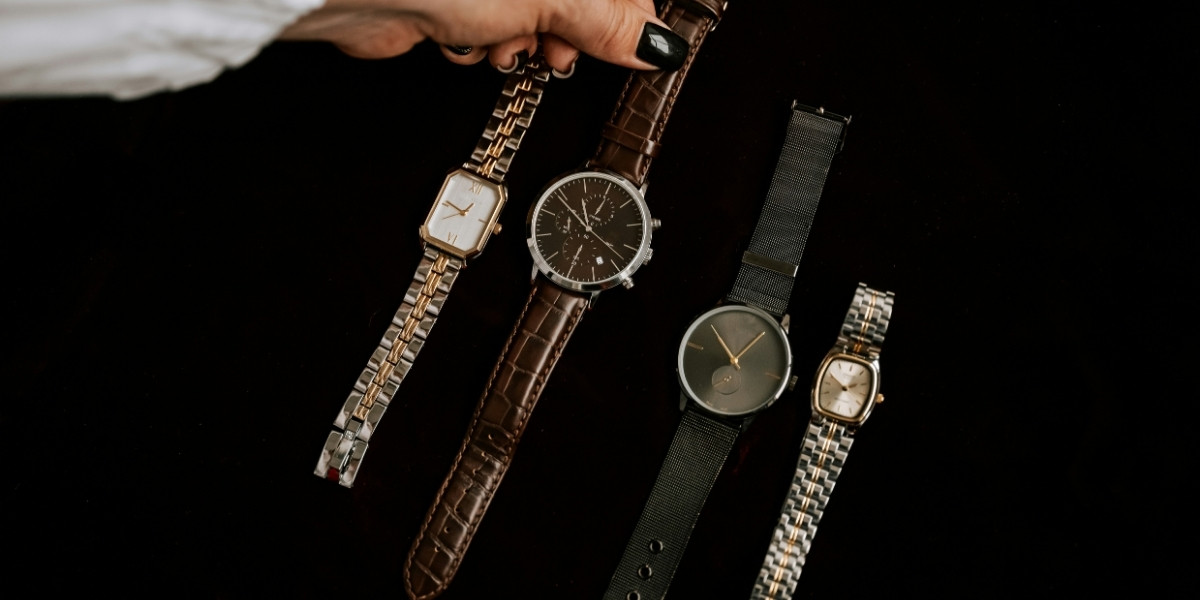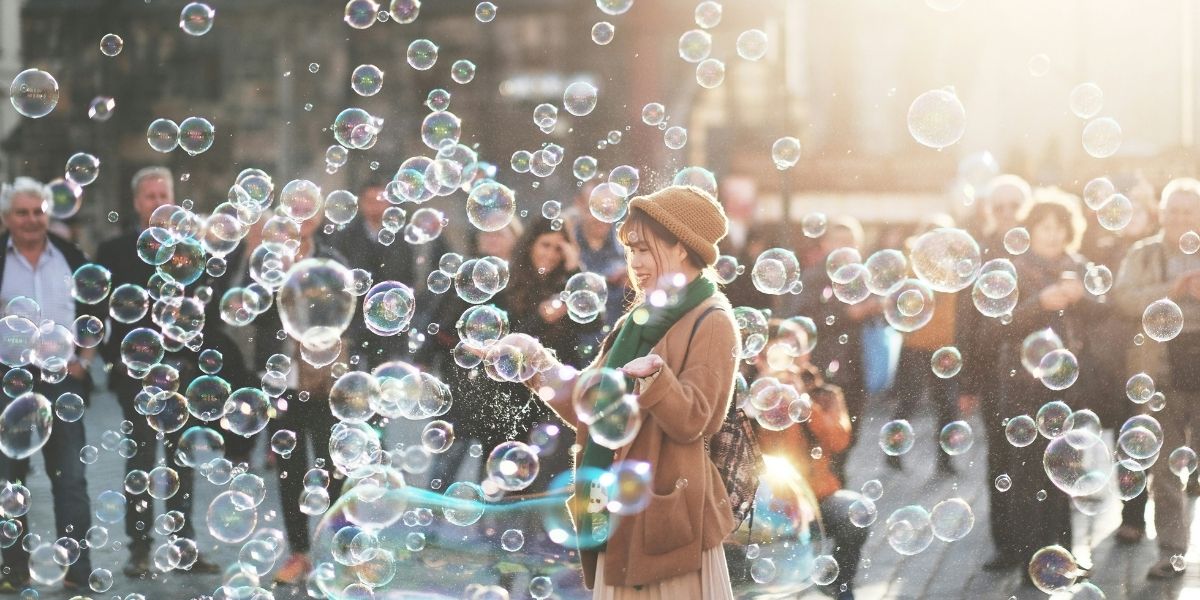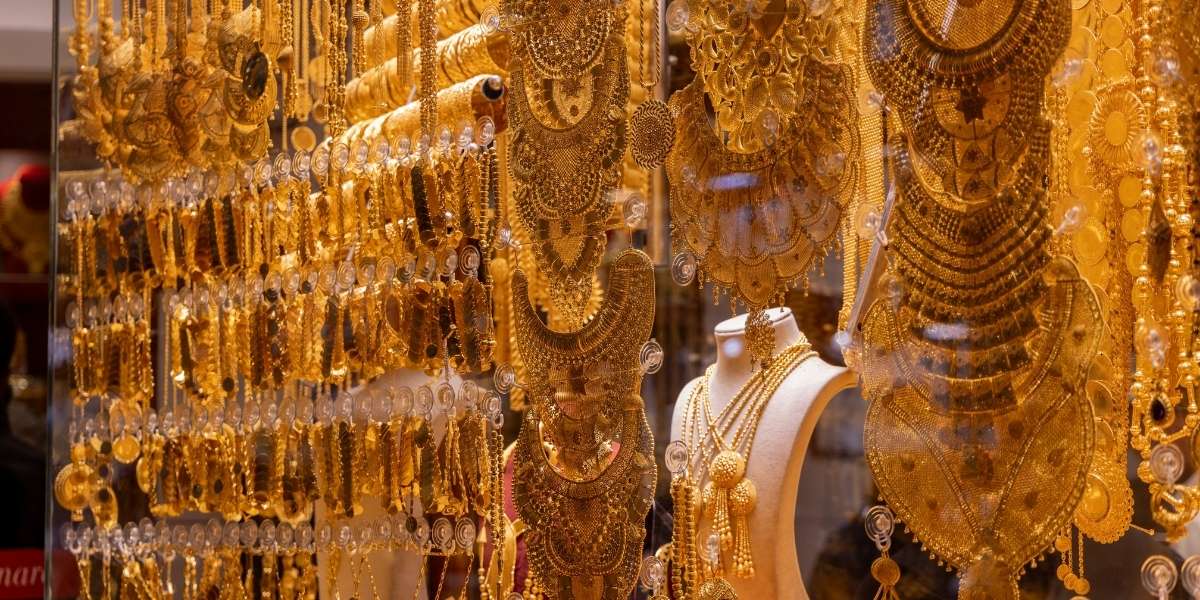Unveiling the World of Designer Fragrances: An Exploration of Art, Craft, and Identity
Fragrances have long been revered not only for their captivating scents but also for their ability to tell a story, evoke emotions, and even define identities. Designer fragrances, in particular, represent the intersection of art, craft, and luxury, elevating a simple bottle of perfume into a masterpiece that speaks to the senses. These perfumes are more than just scents; they are carefully crafted works of art that embody the creativity of perfumers and the brand identities of renowned designers.
We will explore the world of designer fragrances, delving into their creation, the artistry behind them, and how they serve as an expression of both individual and collective identity.
Read Also: The Resurgence of Movie Musicals and Their Cinematic Allure
What Makes Designer Fragrances Different from Other Scents?
Designer fragrances stand apart from mass-produced perfumes due to their unique creation process, higher-quality ingredients, and the artistic vision that goes into each scent. These perfumes often come from iconic fashion houses such as Chanel, Dior, and Tom Ford, and are meticulously crafted to align with the brand’s image and style. The difference lies not just in the quality of the ingredients but also in the complexity and depth of the fragrances.
The Craftsmanship Behind Designer Fragrances
The creation of a designer fragrance involves the collaboration of skilled perfumers (often referred to as “noses”), whose expertise transforms abstract ideas into tangible scents. Creating a fragrance involves blending top, middle, and base notes in a way that evokes a particular mood or image. This craftsmanship can take months, even years, to perfect.
A designer fragrance often reflects the essence of the fashion house it represents. For instance, Chanel No. 5 is synonymous with timeless elegance and sophistication, while Tom Ford Black Orchid exudes sensuality and mystery. The composition of a designer fragrance is carefully designed to convey the values, aesthetics, and emotions that the brand wishes to project.
How Are Designer Fragrances Created?
Creating a designer fragrance is a meticulous process that combines art, science, and creativity. It involves several key stages, from conceptualization to testing, ensuring that the final product delivers not just a pleasant scent but a sensory experience that resonates with the wearer.
1. Conceptualization
The first step in crafting a designer fragrance is conceptualization. This stage involves the brand vision and the desired emotional or aesthetic message that the fragrance should convey. The brand may decide on a theme, such as freshness, warmth, or luxury, and communicate this to the perfumer. Sometimes, the fragrance is designed to align with a specific collection or runway show, while other times it’s intended to capture the spirit of the brand’s identity.
2. Selecting Ingredients
Once the concept is clear, the perfumer begins selecting raw ingredients. These ingredients are divided into top notes, heart notes, and base notes. Top notes are the first scents perceived after application, often bright and fresh, such as citrus or floral elements. Heart notes form the core of the fragrance and typically include more complex floral or fruity scents. Base notes are the long-lasting components, such as musk, wood, or vanilla, that linger on the skin after the fragrance has settled.
The selection of ingredients is crucial, as the quality and purity of these materials will influence the final product. Many luxury fragrance houses opt for rare, high-quality ingredients, often sourced from around the world, to create unique and lasting scents.
3. Blending and Testing
Blending the ingredients is where the true artistry of perfumery comes into play. The perfumer must balance the notes in a way that they work harmoniously together. The fragrance must not only smell pleasant at the moment of application but also evolve over time as it settles into the skin.
After the blending process, the fragrance is tested repeatedly. Testing can take place in various environments, using different skin types, and is done to ensure that the fragrance has the desired longevity and sillage (the trail the scent leaves behind).
4. Packaging and Presentation
Once the fragrance is perfected, attention shifts to packaging. The bottle design and packaging are an essential part of a designer fragrance’s appeal, as they reflect the brand’s identity and appeal to consumers on a visual and tactile level. Iconic perfume bottles, such as Chanel No. 5’s simple glass design or the intricate Yves Saint Laurent Opium bottle, become symbols of luxury and elegance. The bottle itself is part of the fragrance’s story.
The Role of Designer Fragrances in Personal Identity
A designer fragrance is more than just an accessory; it’s an extension of the wearer’s personal identity. Scents have an uncanny ability to evoke memories and emotions, and many people choose perfumes that align with their character, mood, or lifestyle. Just as people curate their wardrobe, they also curate their scents, selecting fragrances that make them feel confident, sexy, elegant, or empowered.
A Signature Scent
A signature scent has the power to become synonymous with a person’s identity. Fragrances like Tom Ford’s Black Orchid or Chanel’s Coco Mademoiselle have become signature scents for many, elevating the personal brand of the wearer. Wearing a signature fragrance can invoke confidence and a sense of individuality, making it a statement of personal style and taste.
Evoking Emotion and Memory
Fragrance is often linked to memory in ways that visuals and sounds cannot replicate. A particular scent can remind a person of a special moment, a person they love, or a period in their life. Designer fragrances capitalize on this by creating scents that evoke specific emotions or memories. Wearing a fragrance can, therefore, become an emotional experience, reinforcing a sense of identity and creating a connection with the past or present.
The Impact of Designer Fragrances on Fashion and Pop Culture
Designer fragrances also play a significant role in shaping the broader cultural landscape. Just as fashion collections often set trends, perfumes can influence popular tastes, becoming an iconic part of a designer’s legacy.
Fragrance as a Fashion Statement
Many designers use fragrances to extend their brand’s presence beyond clothing and accessories. A perfume launch often garners as much attention as a new collection, and fragrances are marketed as essential elements of an individual’s style. A strong fragrance can complement a designer’s clothing line, reinforcing the image or theme that the brand stands for. For instance, Guerlain’s Shalimar or Dior’s Sauvage have become fashion symbols that speak to elegance, sophistication, or masculinity.
Pop Culture and Celebrity Endorsements
In modern times, many celebrity fragrances have also cemented the connection between designer fragrances and pop culture. Celebrities like Rihanna, Beyoncé, and Kylie Jenner have launched successful fragrance lines, and their popularity has played a pivotal role in making fragrances an important part of pop culture. These fragrances are marketed not just for their scents but also as extensions of the celebrity’s persona, allowing fans to connect with their idols on a sensory level.
Read Also: Retro Gaming: Embracing Classic Joys in a Modern Era
The Art, Craft, and Identity of Designer Fragrances
Designer fragrances represent the perfect blend of artistry, craftsmanship, and identity. They are not just scents, but expressions of personality, luxury, and culture. Behind each bottle lies a story crafted by skilled perfumers, whose artistry elevates fragrance from mere smell to an experience that resonates on an emotional level. As much as fashion is an expression of individual style, so too is fragrance—a signature, a memory, and a piece of identity captured in every spritz.






